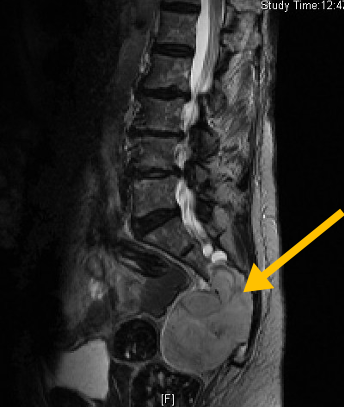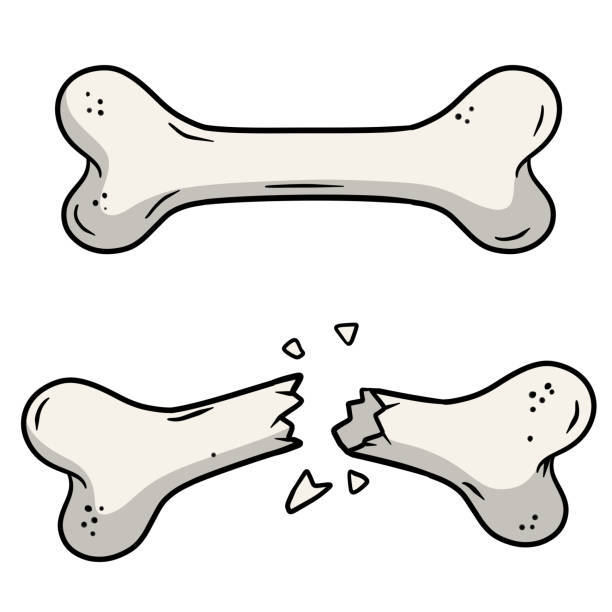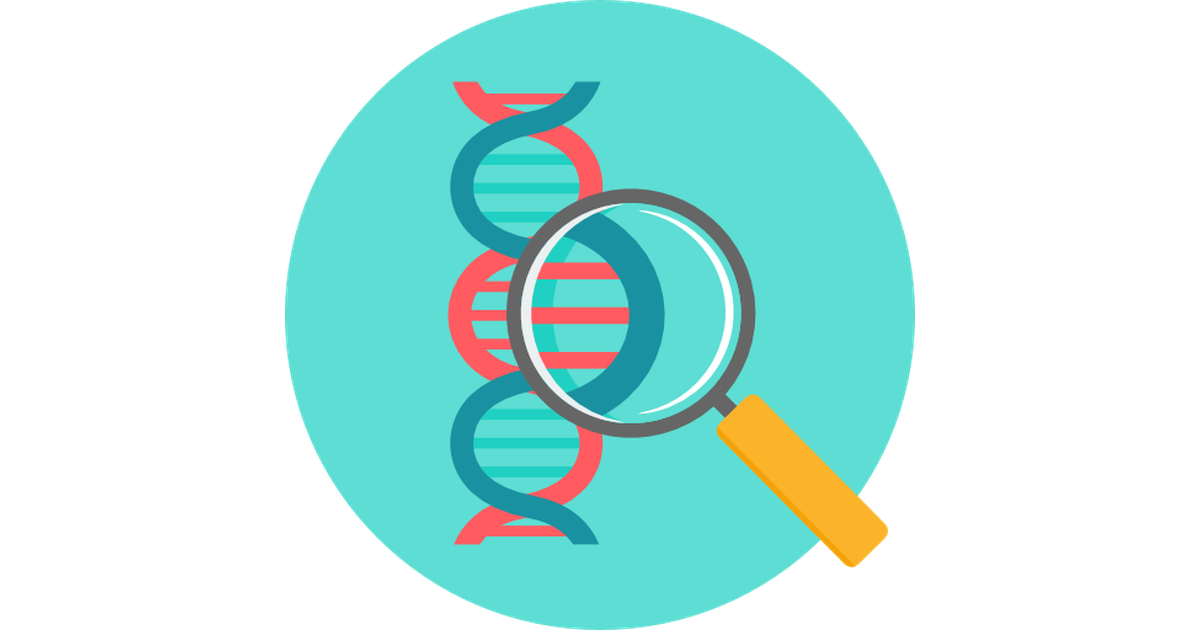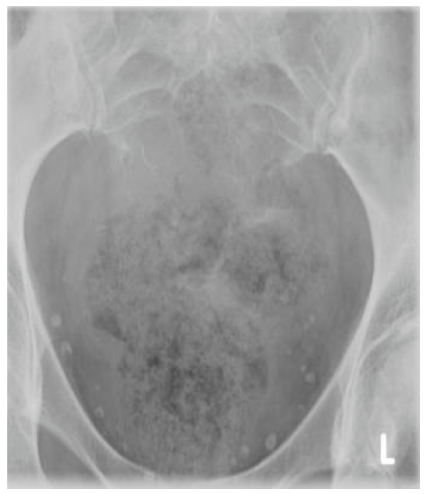Chordoma
Chordoma is a slow growing (low-grade), cancerous (malignant) bone tumor. These tumors most commonly affect the sacrum, spine, or base of the skull.

Chordoma is a slow growing (low-grade), cancerous (malignant) bone tumor. These tumors most commonly affect the sacrum, spine, or base of the skull.





Chordoma is a slow growing, malignant (cancerous) bone tumor. It is a very rare bone sarcoma, or cancerous tumor, that commonly affects the ends of the spine, including the base of the skull and sacrum. Without treatment, chordomas can metastasize, or spread, throughout the body.





Localized pain and the presence of a mass can indicate the presence of a chordoma. Chordomas are slow growing, cancerous tumors that have the ability to spread to other parts of the body if not treated.
Radiographic imaging is used to help form a diagnosis of Chordoma. These include X-Ray, MRI, CT and Bone Scans.
An example of an X-ray is shown.

Chordomas are difficult to treat due to the location of where they commonly occur, however, radiation and a wide en bloc resection surgery are often used to treat chordoma. Additionally, this type of surgery may reduced the risk of the tumor coming back (recurrence). Extensive curettage and cryosurgery may also be used to treat chordomas intraoperatively.

Surgical treatment includes wide or radical resections to remove the complete tumor and additional margins. The removal of additional, surrounding margins ensures that the tumor is completely removed and decreases the chances of the tumor coming back.

Intralesional Curettage means to scoop the tumor out using a spoon-like tool called a curette. This is a surgery that aims to remove the mass and restore the bone so that the patient can get back to normal function. The ABC is identified within the bone and scooped, or curetted, out. The cavity is then shaved down with a Midas Rex Drill, which is similar to a dental drill. This drill removes more tumor cells. It is a specialized technique that only a handful of surgeons in the country know how to perform. Once the tumor is removed, liquid nitrogen may be poured into the bone cavity to freeze the area to sub zero temperatures in order to kill microscopic tumor cells. This reduces the chances of the tumor coming back to less than 5%. Warm fluid is also used to prevent normal tissues from freezing.

I've seen many doctors and I can confidently attest Dr. Wittig is the preeminent orthopaedic specialist. He is genuinely kind and caring, as he demonstrated by completely addressing my concerns and compassionately relating to what I was dealing with. He clearly outlined the plan of attack, and recommended the two additional doctors who would become part of my 'team'. Dr. Wittig was so effective in allaying our fears and bringing us optimism. My surgery was significant, but I was up and walking the next day and back at the gym 5 weeks later. This is further testament to Dr. Wittig's skill. He saved my leg and my life, and I feel so very blessed to say he is my doctor. I have already recommended him to others, and I will continue to do so. I would trust him with my closest family and lifelong friends. BEST DOCTOR EVER.
S.G.

Myself and my amazing team are dedicated to saving your life and your limb. Losing a limb because of a tumor can be a terrifying experience. But, it does not have to be the only option. I’ve spent 20+ years as a Board-Certified Orthopedic Surgeon and Orthopedic Oncologist.
I’ve devoted my career to helping children and adults afflicted with bone and soft tissue masses by performing complex limb saving surgeries. Most patients can have their limb saved, which may require innovative techniques.
Patients afflicted with musculoskeletal tumors have complex conditions that are best taken care of at large hospitals. I am the Chairman of Orthopedics and Chief of Orthopedic Oncology at Morristown Medical Center. My philosophy is a multidisciplinary team approach, working together to tailor treatment to individual patients. Education and research are essential to my practice, providing the best setting for extraordinary patient care. Because of this, we have some of the top results in the country.